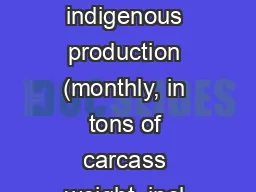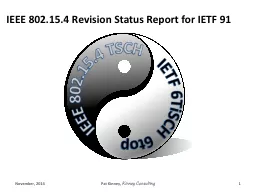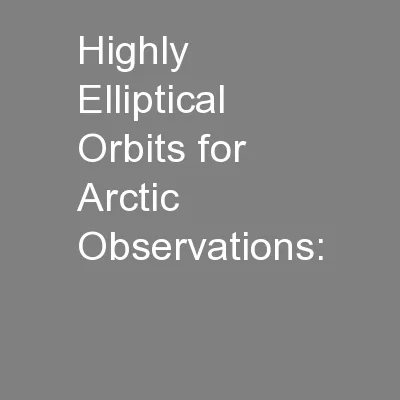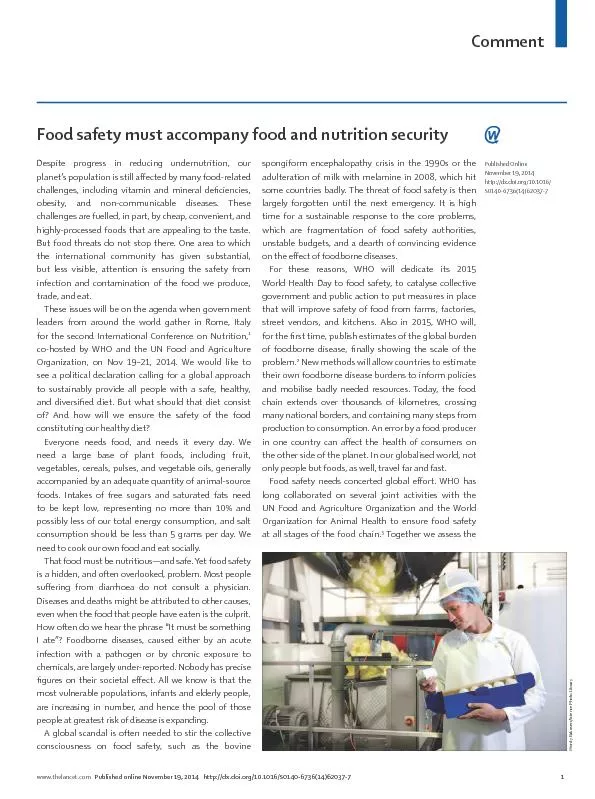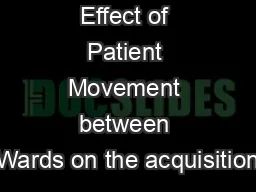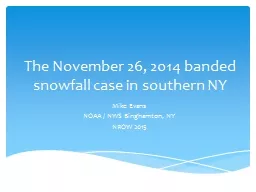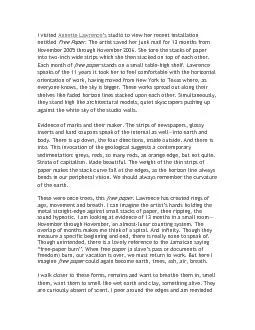PPT-November 24, 2014
Author : jane-oiler | Published Date : 2016-03-09
Claudia Adriazola Director Health and Road Safety EMBARQ World Resources Institute Road Safety and the Urban Environment An increasingly urban carfilled world
Presentation Embed Code
Download Presentation
Download Presentation The PPT/PDF document "November 24, 2014" is the property of its rightful owner. Permission is granted to download and print the materials on this website for personal, non-commercial use only, and to display it on your personal computer provided you do not modify the materials and that you retain all copyright notices contained in the materials. By downloading content from our website, you accept the terms of this agreement.
November 24, 2014: Transcript
Download Rules Of Document
"November 24, 2014"The content belongs to its owner. You may download and print it for personal use, without modification, and keep all copyright notices. By downloading, you agree to these terms.
Related Documents




